Patchouli Oil STD
Patchouli oil, extracted from the leaves of the Patchouli plant, an aromatic herb, boasts a rich array of antibacterial, anti-inflammatory, antifungal, and antiseptic properties. Its efficacy extends to combatting infections that may induce fevers, consequently aiding in the reduction of body temperatures.
Description
- Botanical Name: Pogostemon cablin
- Family Name: Lamiaceae
- Part Use: Leaves
- Origin: Indonesia
- Aroma: Rich, sweet-herbaceous, aromatic-spicy and woody-balsamic.
- Extraction Method: Steam distillation
- Constituents: Patchoulol, Alpha-Guaiene
- Blend with well: Cedarwood, sweet orange, rose, myrrh, sandalwood, cassia, bergamot and clary sage.
Buy Patchouli oil | Pogostemon cablin
Patchouli oil is derived from the leaves of the patchouli plant, scientifically known as Pogostemon cablin. This perennial herb belongs to the mint family and is native to Southeast Asia, particularly in countries like Indonesia, Malaysia, and the Philippines. The use of patchouli dates back to ancient times, where it was highly valued for its aromatic and medicinal properties. Its roots trace back to traditional Chinese medicine and Indian Ayurveda, where it was utilized for its healing effects on the body and mind.
Distillation
Patchouli oil is extracted through steam distillation of the patchouli leaves. This process carefully preserves its aromatic compounds and therapeutic benefits, resulting in a potent essential oil.
Composition
The main components of patchouli oil include patchoulol, alpha-bulnesene, and alpha-guaiene. These constituents contribute to its unique fragrance and therapeutic properties.
Aroma
Patchouli oil is renowned for its rich, earthy scent with woody undertones. Its aroma is warm, grounding, and often described as musky or spicy. This distinctive fragrance makes it a popular choice in perfumery and aromatherapy.
Uses
Throughout history, patchouli oil has been used for various purposes. In traditional medicine, it was employed to treat skin conditions, alleviate inflammation, and promote relaxation. Its aroma was also believed to enhance meditation and spiritual practices. Patchouli Oil is used widely in modern perfumery and modern industry to scent products such as paper towels, laundry detergents, and air fresheners. Two important components of its essential oil are patchouli and norpatchoulenol.In several Asian countries, such as Japan and Malaysia, patchouli is used as an antidote for venomous snakebites.
Applications
Today, patchouli oil continues to be prized for its versatile applications. It is a common ingredient in skincare products, cosmetics, and perfumes. Its therapeutic properties make it a popular choice in aromatherapy blends and massage oils.
Cultural Significance
Patchouli oil holds cultural significance in many parts of the world. It is often associated with counterculture movements and the hippie era of the 1960s and 1970s. Its distinct aroma became synonymous with peace, love, and individuality.
Packaging: We can supply essential Oils in small bottles of different dimensions like, 50ml, 100ml,500ml,1kg,5kg,10kg etc. Also, we can supply the essential oils in bulk packaging like, Aluminum Drums, GI Drums, Plastics Drums of various dimensions 25/50/100 liters drums.
Additional information
| Weight | Sample, 100GM, 500GM, 1KG |
|---|




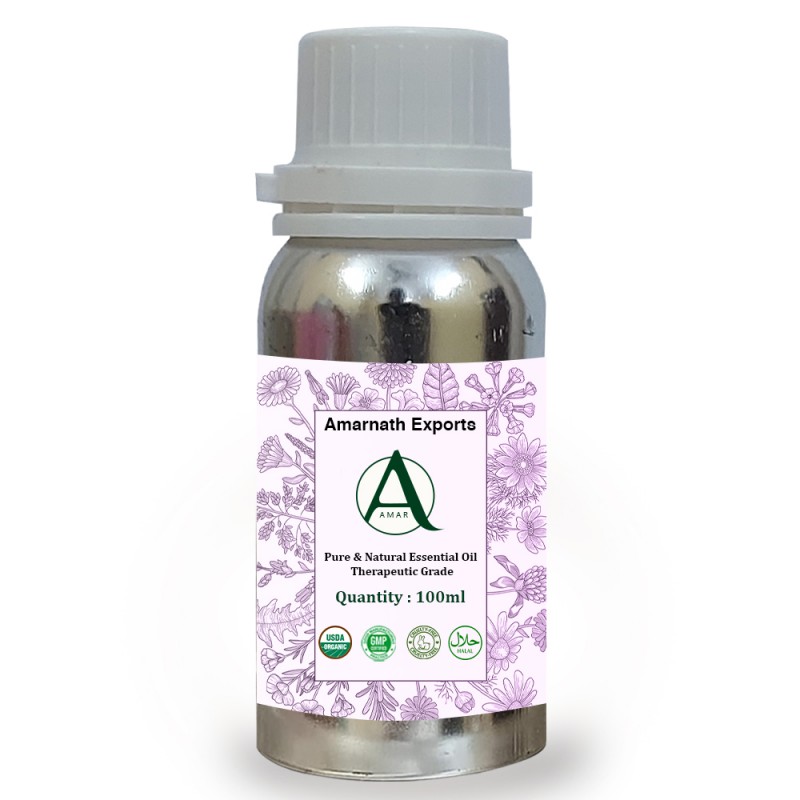
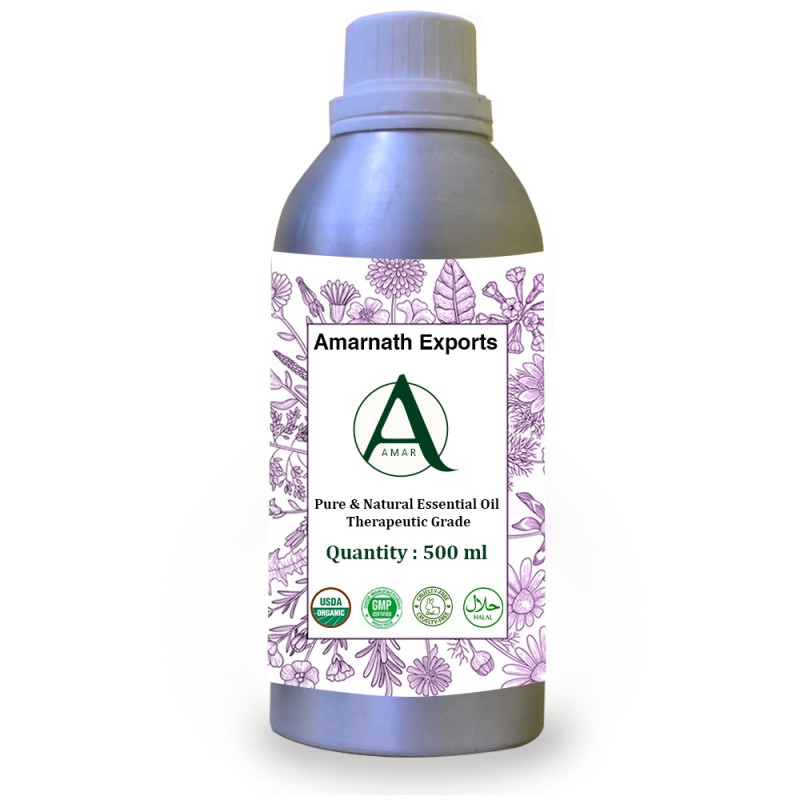
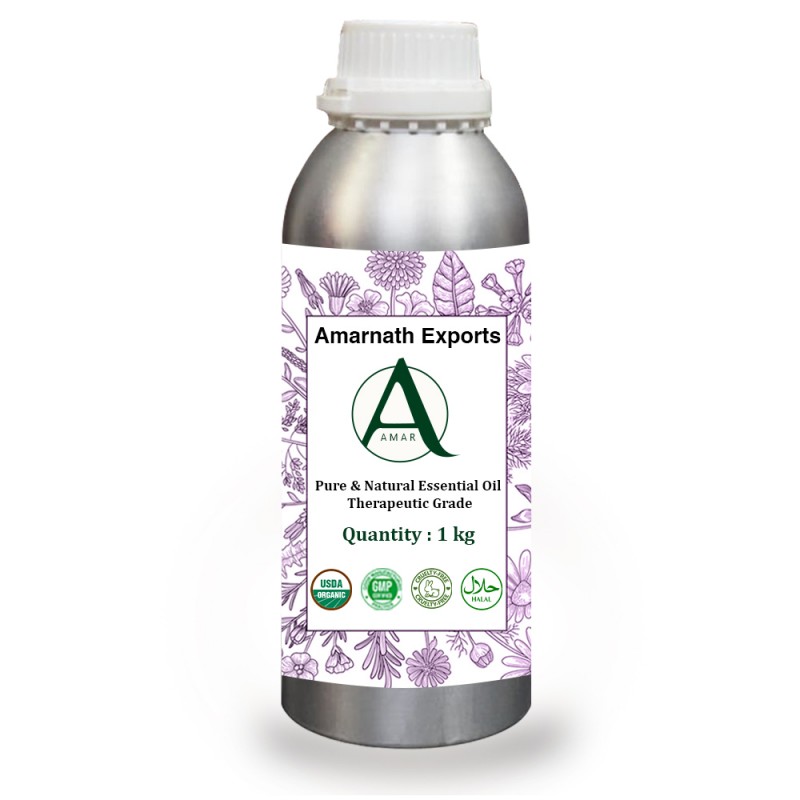
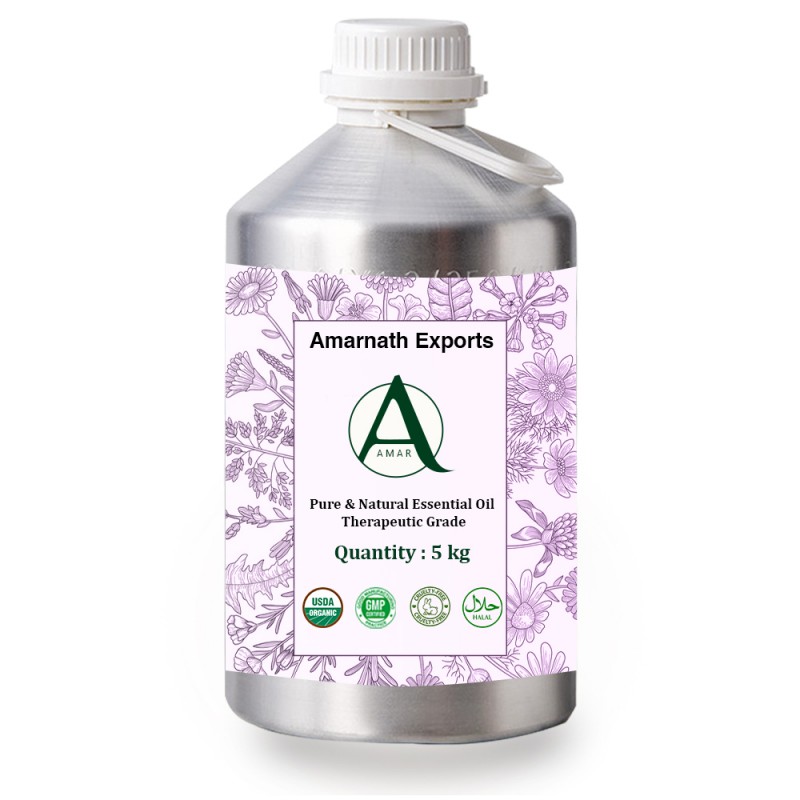
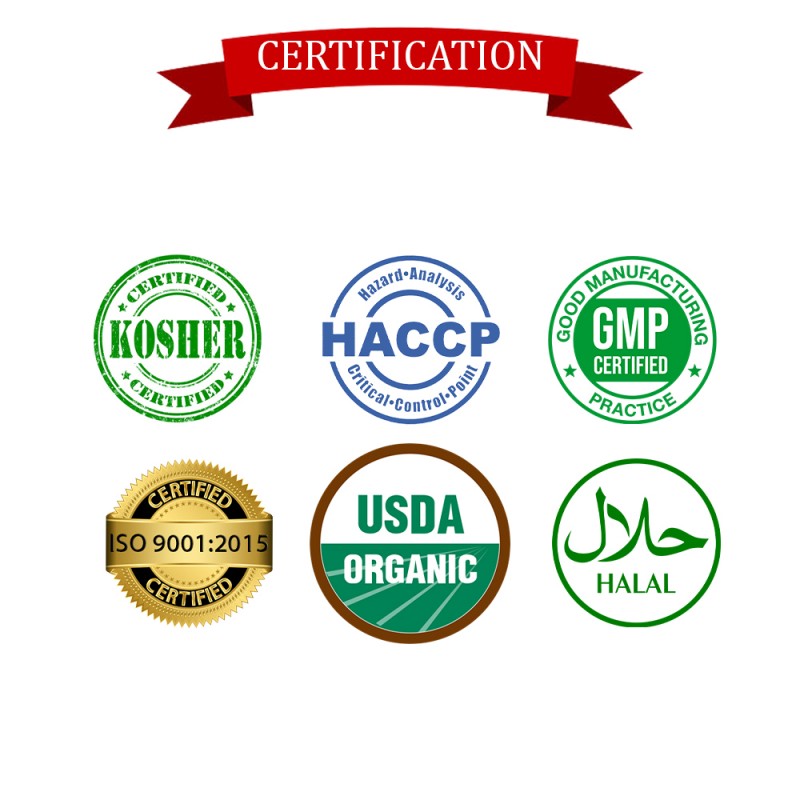
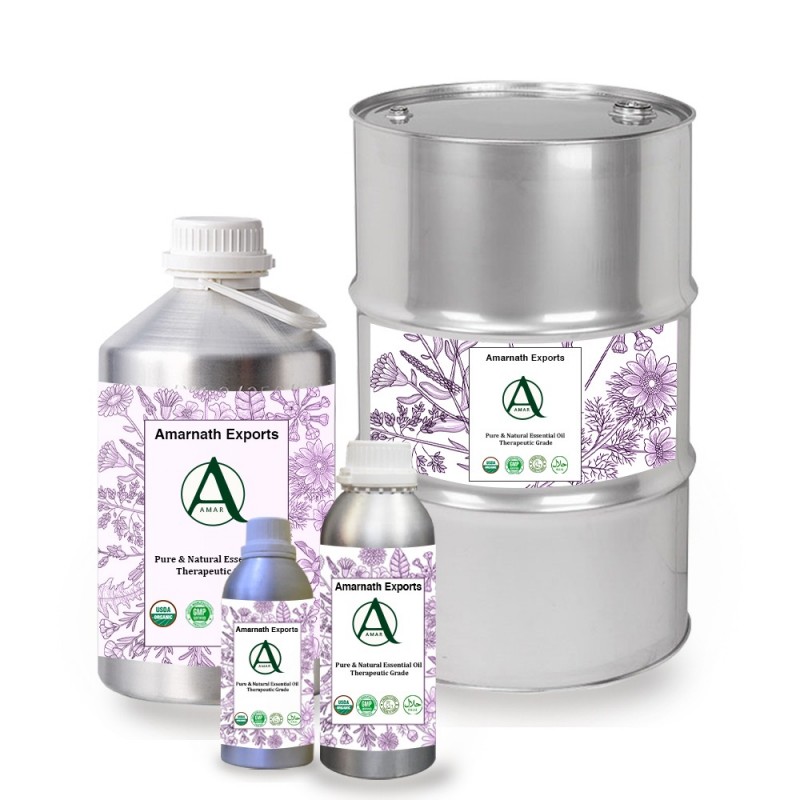
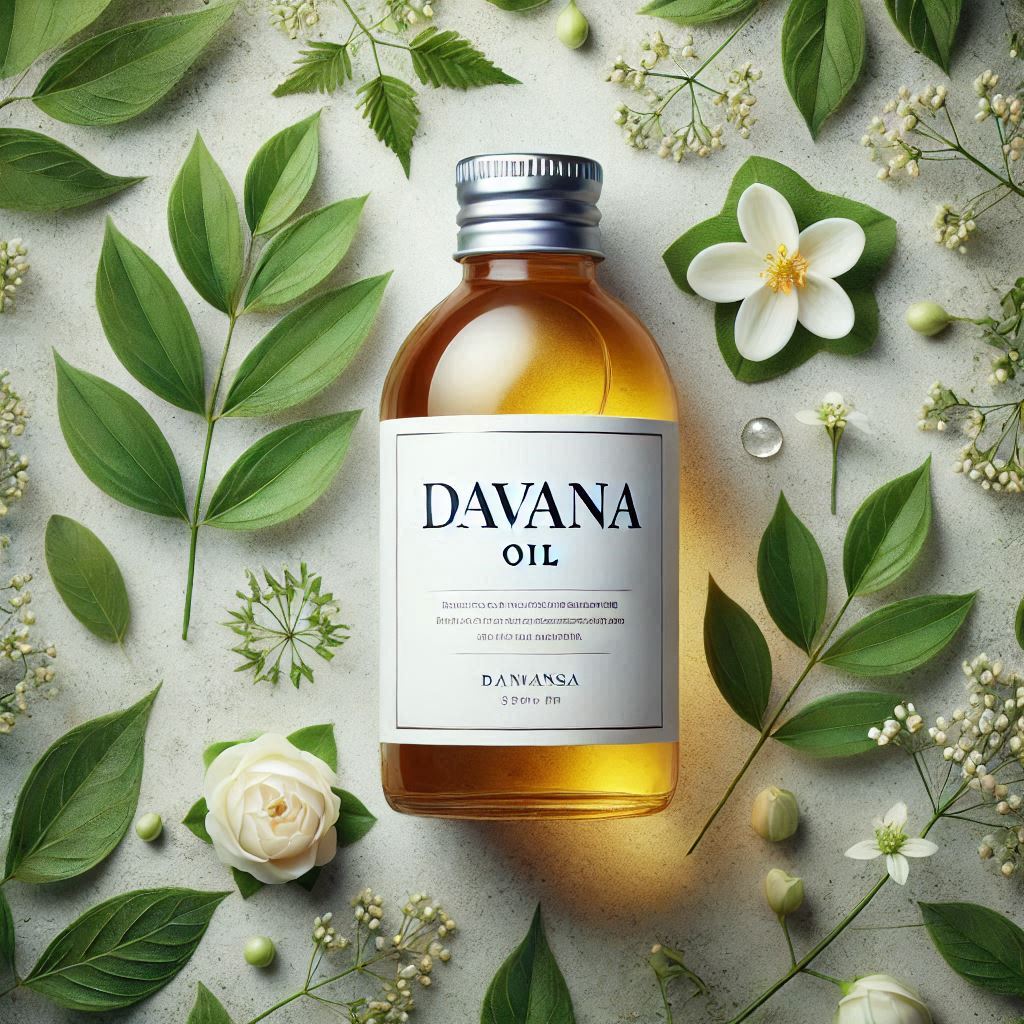
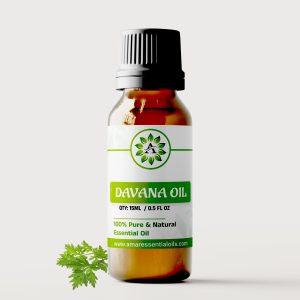
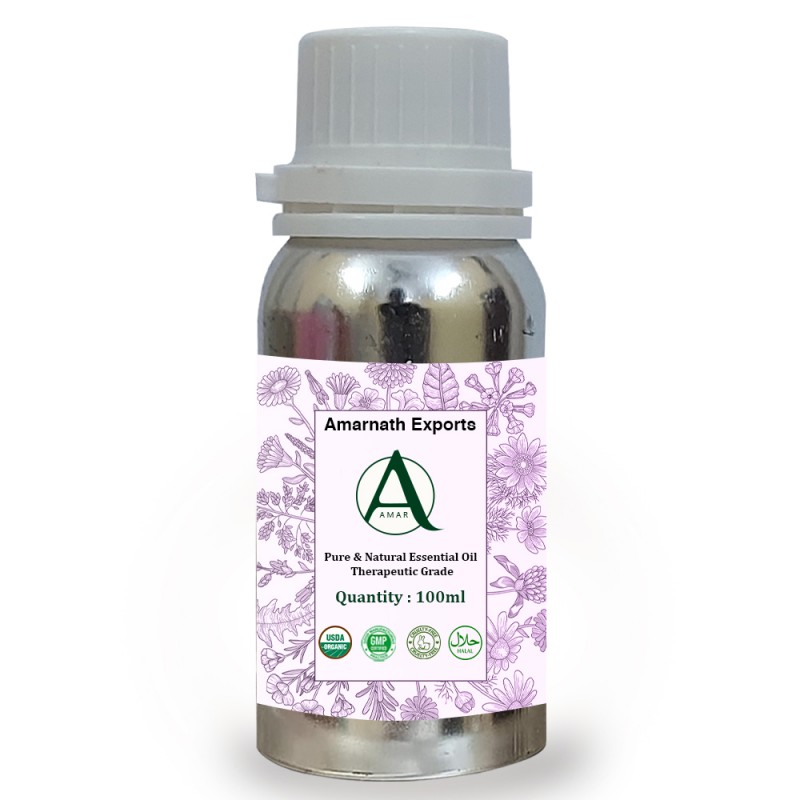



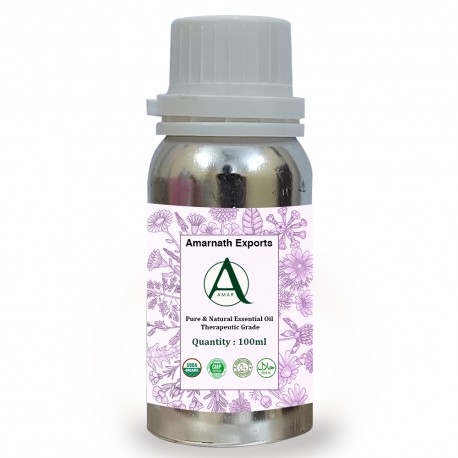

Reviews
There are no reviews yet.